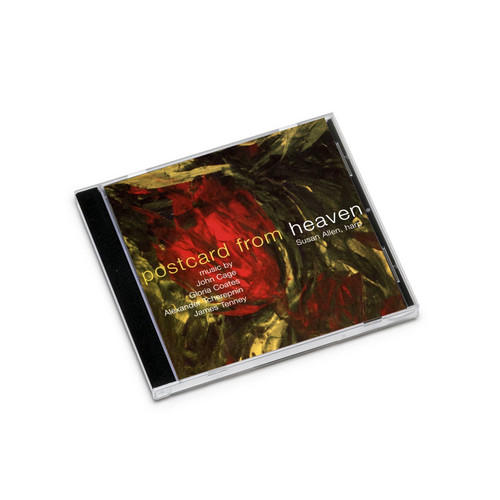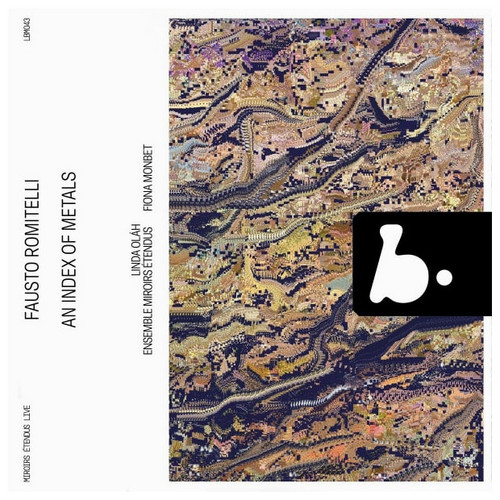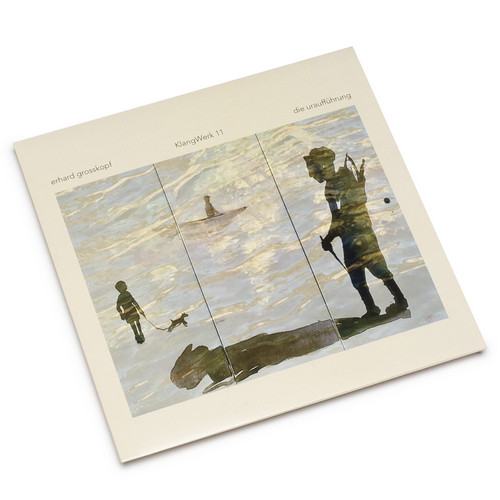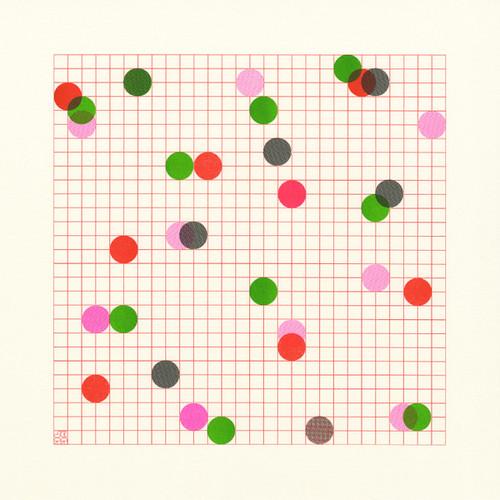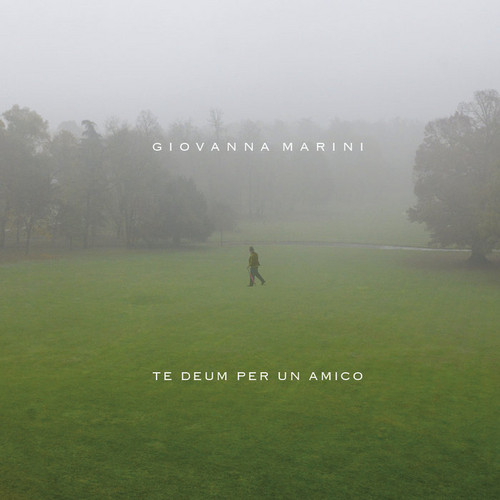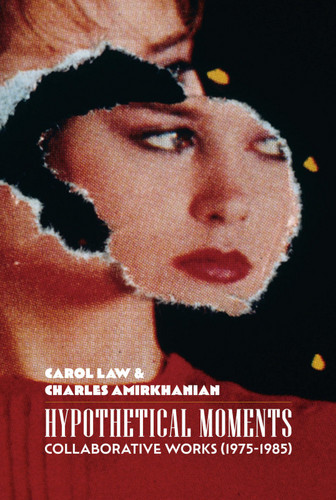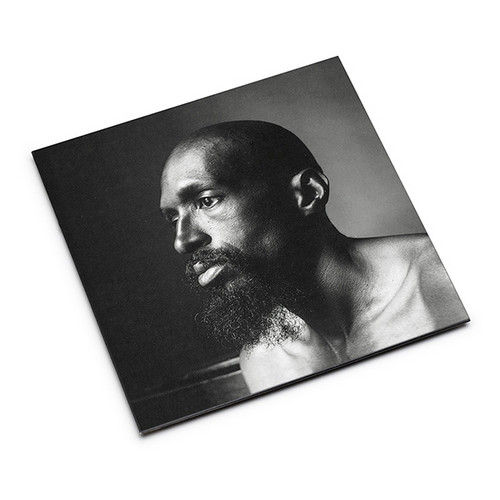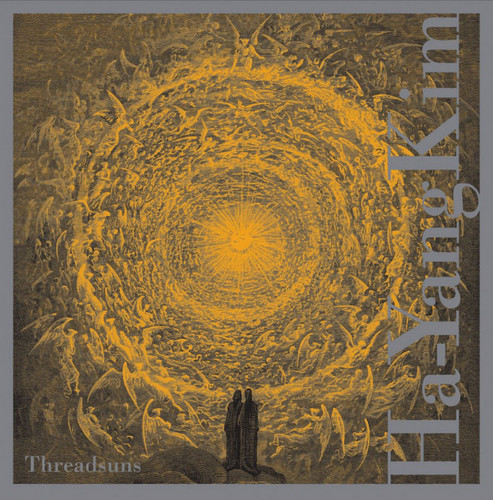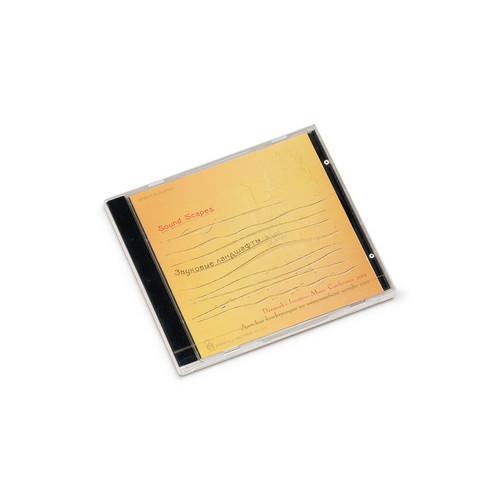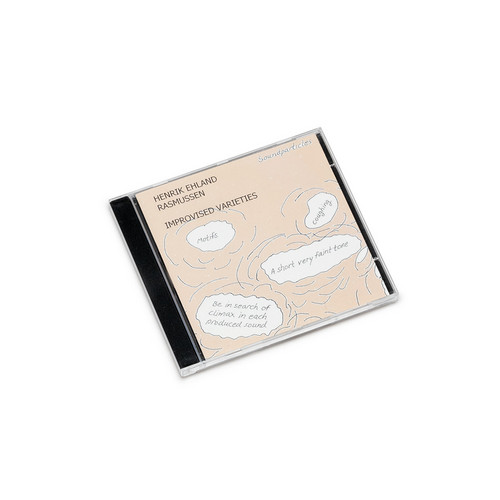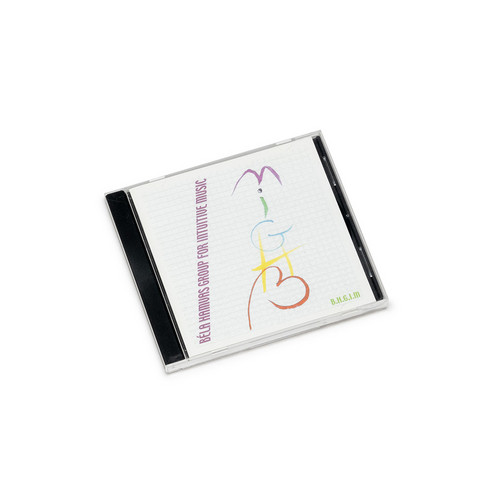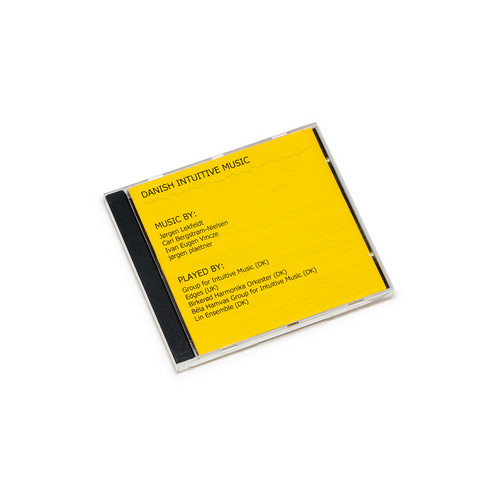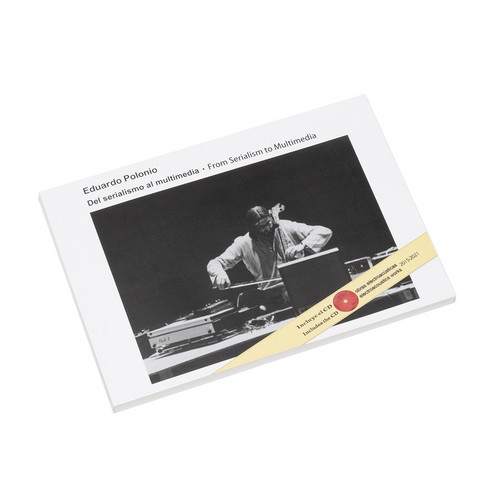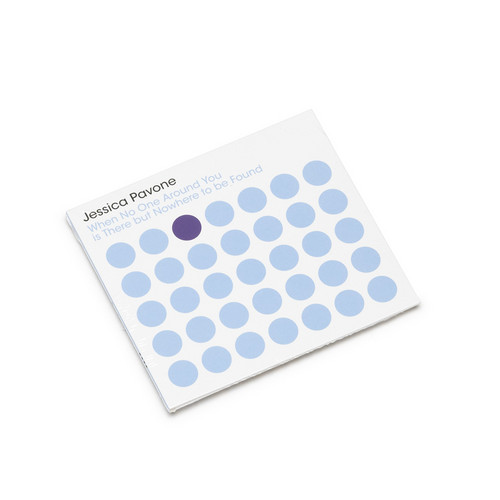Postcard From Heaven
The harp is a strange and compelling instrument that in its technological ancientness beckons composers and listeners alike to bask in its heavenly aura. Like hand drums and acoustic guitars, the immediacy of a harp's sound production demands an intimate, one-on-one relationship between listener and instrument/performer. This intimacy is why composers of all stripes write music for harp-it strips away habit and affectation. Its limits are challenges that distill the essence of a composer's style…
An Index Of Metals
hortly before his death (ten years ago), Fausto Romitelli together with his friend Paolo Pachini and the poetess Kenka Lèkovich, resurrected the dream of a total scenic art (a furnace of sensations, they called it, an_ initiation rite_) in the manner of the Futurists: rhythms and gleams of light striking metals (for the video part), poems in iron and chrome singing of fusion with matter (Kenka Lekovich), acoustic/electric music highly amplified, filtered, spatialised, in as artificial a manner a…
KlangWerk 11
Erhard Grosskopf (b. 1934) is a Berlin-based composer of contemporary music who has been active since 1963. His works include chamber and orchestral as well as electronic music, and have been performed in the West German pavilion at Expo '70, by various radio orchestras, renowned string quartets, and avant-garde groups such as Gentle Fire or Agitation Free.
A thread that runs through all of Grosskopf's works is the idea of composing not on a timescale but in a space. Grosskopf views himself as a…
Skullbase Fracture
Issued by Leo Fegin's visionary record label in 1993, this refreshed and revised reissue collection of Hungarian composer Tibor Szemző's chamber pieces with spoken text – composed at 1980s for the legendary GROUP 180 – is unlike anything else of its kind.
Fleeting Future
Tip! *300 copies limited edition. Much needed repress!* Akusmi is the new project moniker of French-born, London based composer, multi-instrumentalist and producer Pascal Bideau, who signs to the new Tonal Union imprint for the release of his album ‘Fleeting Future.’ With its hallucinatory, genre-defying blend of minimalism, cosmic jazz and Fourth World influences, and in its quest for optimism in the face of unknown and limitless possibility. ‘Fleeting Future’ stands apart as an inventive and i…
Selected Improvisations From Golha, Pt. II
The second part in a collection of stunning Persian-tuned piano pieces, cut from Iranian national radio broadcasts made for the Golha programmes between 1956 & 1965.
Te Deum Per Un Amico
*Includes a 40-page booklet with full text of the work, introductory texts and photos.* Giovanna Marini is an almost unique figure in Italy: a classically trained musician (graduated from the Conservatory of Santa Cecilia in Rome, perfected as a guitarist with Maestro Andres Segovia, then a lutenist with Maestro Quaranta's "Concentus Antiqui" ensemble), from the early 1960s she began a work of studying and transcribing songs from the Italian folk oral tradition. Beginning with "Bella Ciao" in 19…
Hypothetical Moments
Other Minds is excited to present Hypothetical Moments, a DVD of the collaborative works of Carol Law and Charles Amirkhanian, available on video for the first time. Some of the work included within will be familiar to followers of Amirkhanian’s work (Dog of Stravinsky, Mahogany Ballpark), but the vast majority of Hypothetical Moments has been entirely unavailable until now. Both video and audio have been lovingly restored and remastered, opening up a new pathway into the densely layered and ref…
Orchard
*2022 Stock.* “I was born and raised in Kentucky, and for many generations my direct ancestors and extended family have been farmers. So, creating music that is ‘about’ soil, plant life, and the natural world, is my way of honoring that legacy.” Composer Tyler Kline’s tools, though, are not the plow – and vegetables are not the crop – in this collection of brief piano pieces commissioned by and for over a dozen pianists. Instead, Orchard is a celebration of fruit. Each sketch draws on a specific…
Stay On It
In 1973, avant-garde ensemble Creative Associates goes on a tour of Europe with Eastman’s brand new piece in their repertoire, and in short: “Stay on It” turns the coordinates of avant-garde music on its head. It is minimal, but unashamedly groovy; it is open to improvisation, grants performers all the freedom they could need, but it isn’t jazz and never slips into the non-committal. It is open to theatrical and performative elements, but also to the poetic and lyrical. It is strict and demands …
Ama
*In process of stocking. 2022 stock.* Born in Seoul and now a resident of Brooklyn, Ha-Yang Kim is a cellist, composer and improviser who has developed a unique language of extended string techniques and electronics. Drawing upon influences as far ranging as Balinese and Karnatic traditions, jazz, rock, western classical music and downtown experimentation, she has created an original music of imagination and passion. Her first CD features a startling solo piece, two pieces for her long running d…
Threadsuns
*In process of stocking. 2022 stock.* Ha-Yang Kim is a cellist and composer of striking originality whose musical influences draw equally from a range of western classical music, American experimentalism, rock, noise, and improvised music, to non-western musical sources from Bali, Korea and South Indian classical music. For her second CD on Tzadik she presents a major new composition for string quartet, performed here by the world renowned JACK quartet. Dedicated to Jewish poet Paul Celan, “Thre…
Sound Scapes - Denmark's Intuitive Music Conference 2001
*In process of stocking. 2022 stock* "...the music you can listen here on this CD is result of collaboration of musicians from five countries gathered for participating in DIMC held in Rudme in summer 2001. Some compositions are examples of collective improvisation notated graphically, by different ways. Thus, graphical score can look like a sort of "verbal instruction" for performers, with a prescription how selected musical models interact. It is this way by which pieces by Henrik Rasmussen an…
Improvised Varieties
*In process of stocking. 2022 stock* "This CD features music from concerts with Intuitive Music Group (founded 1990) and from some of its members' touring activities in Poland and Russia. It centers around composer and pianist Henrik Ehland Rasmussen. There are three long solo pieces, including one based on a formula given by his countryman Niels Viggo Bentzon, in which countless varied statings of the formula produces an astounding number of ever-developing pianistic phenomena. The other pieces…
Béla Hamvas Group For Intuitive Music
*In process of stocking. 2022 stock* "This is pure intuitive music, full of improvisation and spontaneity. here we have amazing musicians that interact between them in an amazing way creating pasages that despite using heavily experimentation and improvisation are really coherent and also they explore without falling into chaotic musical pieces. I am really amazed by this musicians that are constantly exploring new sounds with their instruments yet retaining a "group spirit" that allows them to …
Danish Intuitive Music
*In process of stocking. 2022 stock* "The Group for Intuitive Music originated in 1974 around the Copenhagen University Institute of Music with Jørgen Lekfeldt and his piano teacher, Elisabeth Klein, as the founder members. Carl Bergstrøm-Nielsen, Anders Keiding and Niels Rosing-Schow, also students at the same place, joined the group. Pieces from Stockhausen's verbally notated collections From the Seven Days and For Times to Come constituted the group's first repertoire. Soon, however, it devel…
Del serialismo al Multimedia
A tribute to Eduardo Polonio for his eightieth birthday and his nearly sixty years of compositional work. Eduardo Polonio is one of the pioneers of electroacoustic music in Spain. The book, beautifully edited and profusely illustrated, shows in its 196 pages a panoramic view of his work, from the first instrumental works of the sixties, in conventional or non-conventional notation, through the chapter on composition processes, installations and multimedia actions, electroacoustic operas, discog…
When No One Around You is There but Nowhere to be Found
*In process of stocking* As both an instrumentalist and composer, Jessica Pavone explores the tactile and sensorial experience of music as a vibration-based medium. Since 2012, she has established an individual body of material for solo viola, concentrating on these elements of performance. The structured yet indeterminate pieces stem from intensive long tone practice and an interest in repetition, song form, and sympathetic vibration. "When No One Around You is There but Nowhere to be Found," i…
Second Room
Limted LP edition. Second Room is Martin Taxt’s second album in a series of works investigating possible relations between music and architecture. In this work written for alto saxophone, two microtonal tubas, double bass, church organ, hand bells and modular synthesizers he is inspired by the Japanese architect Sou Fujimoto, and his ideas on different concepts of living. In a lecture at the Harvard University in 2011, Fujimoto sets up a comparison between the nest and the cave, as two fundament…

